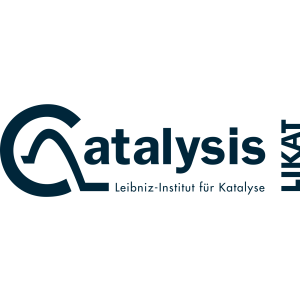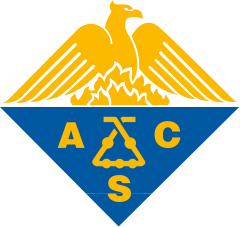Organometallics, volume 25, issue 5, pages 1317-1320
Simple Functionalizations of Pentamethylcyclopentadienyl Ligands by Reactions of Decamethylzirconocene Complexes with Carbon Dioxide
Perdita Arndt
1
,
Wolfgang Baumann
1
,
Anke Spannenberg
1
,
Uwe Rosenthal
1
Publication type: Journal Article
Publication date: 2006-02-01
Journal:
Organometallics
scimago Q1
SJR: 0.654
CiteScore: 5.6
Impact factor: 2.5
ISSN: 02767333, 15206041
Organic Chemistry
Inorganic Chemistry
Physical and Theoretical Chemistry
Abstract
The well-known zirconafuranone, obtained by the reaction of the decamethylzirconocene bis(trimethylsilyl)acetylene complex Cp*2Zr(η2-Me3SiC2SiMe3) with carbon dioxide, rearranges upon thermolysis to a complex with the [C5Me4−CH2−CH(Me3Si)C(CO)]2- ligand resulting from an electrophilic substitution of a hydrogen atom at one of the methyl groups of a Cp* ligand, a cleavage of the CO bond in the starting zirconafuranone, and a movement of the Me3Si groups from β-carbon to oxygen. Another example of the functionalization of a pentamethylcyclopentadienyl ligand by carbon dioxide was found with a complex obtained by the reaction of Cp*2ZrCl2 with magnesium in the presence of the butadiyne t-BuC⋮CC⋮Ct-Bu. This complex reacts by formally inserting 1 equiv of carbon dioxide into each of two ZrC bonds, but yields a dinuclear complex with twofold functionalized Cp* ligands acting as bridging dicarboxylato ligands, [O2C−CH2−C5Me3−CH2−CH(t-Bu)C(CCH-t-Bu)−CO2]3-. Both complexes result from a simple method of functional...
Found
Are you a researcher?
Create a profile to get free access to personal recommendations for colleagues and new articles.








